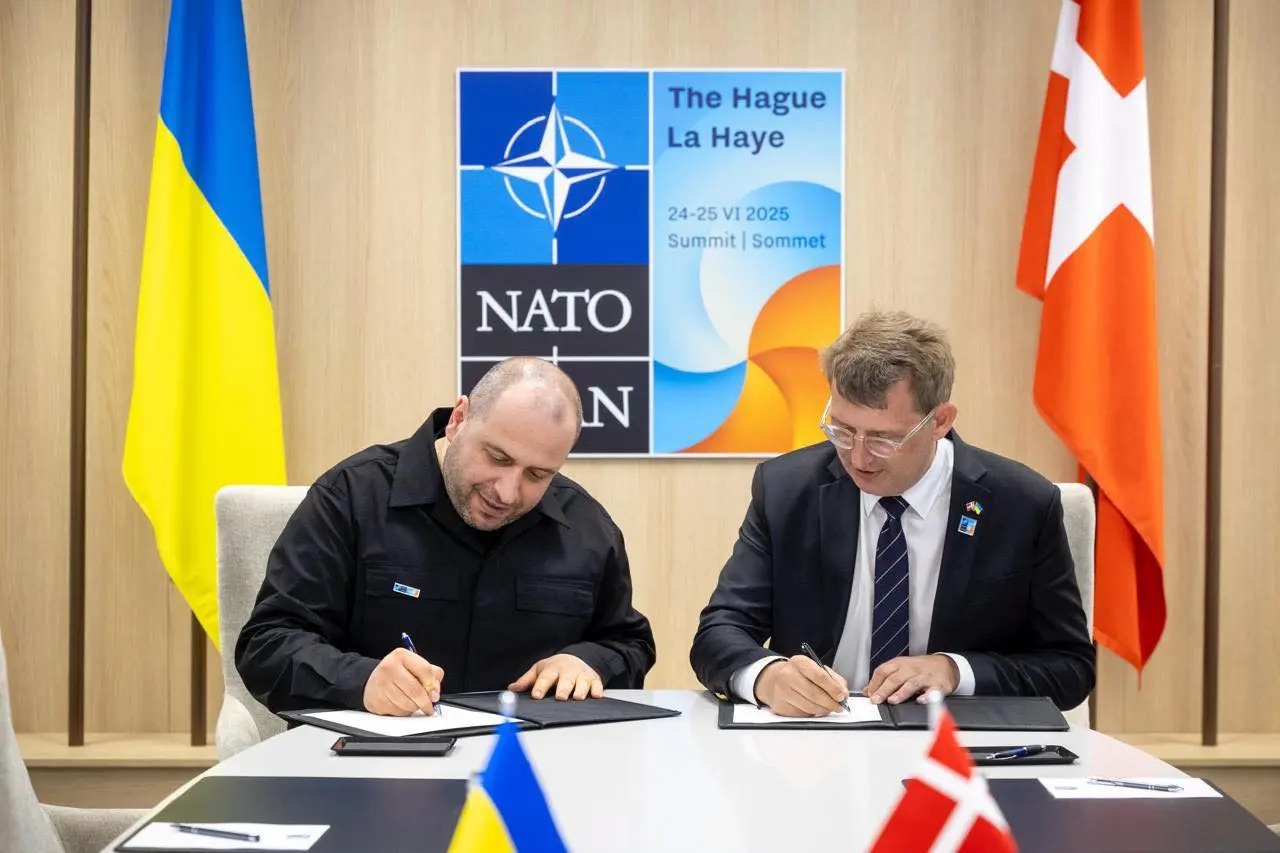


The deal, announced in Copenhagen late last week, will see Danish authorities provide €5 million in seed funding to help set up the necessary facilities for Ukrainian manufacturers to begin producing arms within Danish borders. It marks a significant moment in Europe’s approach to supporting Ukraine: no longer just suppliers, Western countries are now becoming active participants in Ukraine’s defence industrial base.
While details remain sparse, officials confirmed that the agreement will allow Ukraine to produce a range of weapons—likely including drones, munitions, and possibly artillery components—on Danish territory. The aim is to shield Ukrainian defence output from the relentless Russian bombardment of factories inside Ukraine, and to ensure stable production lines as global stockpiles of weapons continue to dwindle.
Danish Deputy Prime Minister and Defence Minister, Troels Lund Poulsen, hailed the move as a “concrete step toward European security resilience,” saying: “This agreement is not just about aiding Ukraine—it is about building a shared European capacity to deter aggression, now and in the future.”
For Ukraine, the agreement could not have come at a more critical juncture. With American political support faltering and several EU countries clearly reluctant to expand their defence spending, Kyiv has found itself scrambling to maintain the flow of arms that has sustained its war effort for over two years.
President Volodymyr Zelensky has repeatedly warned that time is not on Ukraine’s side. “We need ammunition, not promises,” he said pointedly during a visit to Berlin earlier this month. The Copenhagen deal offers, at last, something more durable than a headline-grabbing pledge—it offers factories, engineers, and a path to military self-reliance.
Observers have long warned that Europe’s defence production capacity was not up to the scale of modern warfare. The war in Ukraine has exposed how slow and fragmented European armament industries truly are. In many cases, defence companies have required over a year just to scale up output, hindered by complex procurement rules and inconsistent funding.
This latest move suggests at least one country is willing to cut through that red tape. By effectively relocating parts of Ukraine’s military industry to the EU’s northern flank, Denmark is not only sheltering critical infrastructure from Russian missile strikes—it is also making a political statement: that support for Ukraine must be more than symbolic.
Inevitably, the Kremlin reacted with predictable bluster. Russian Foreign Ministry spokeswoman Maria Zakharova denounced the deal as “another escalation” and warned of “consequences for countries that make themselves a base for Ukrainian militarism.” Precisely what those consequences might be remains unclear, but Moscow’s threats have grown increasingly hollow as it struggles to replenish its own dwindling war stocks.
Nonetheless, there are risks. Hosting Ukrainian military production could make Denmark a more direct target for Russian hybrid operations—from cyber attacks to sabotage attempts. Danish officials have reportedly tightened security around defence infrastructure in recent months, and NATO has been briefed on the initiative.
What makes the agreement particularly striking is its bilateral nature. It bypasses much of the EU’s traditionally cumbersome defence coordination mechanisms and was negotiated directly between Danish and Ukrainian officials. Analysts suggest it could become a model for other countries willing to act decisively outside Brussels’ often glacial pace.
“This is Denmark showing what leadership looks like,” said Ulrik Vestergaard Knudsen, a former Danish foreign ministry official now working in Brussels. “If others followed suit, Ukraine’s situation would look far less precarious.”
There are signs they might. Poland and Lithuania have both expressed interest in hosting similar facilities. Germany and France, despite their larger industrial bases, have moved more cautiously—fearful, perhaps, of provoking the Kremlin too directly or being seen as abandoning the EU’s joint procurement initiatives.
But Kyiv can hardly afford to wait for consensus. The reality on the battlefield is that Russia, backed by a sanctions-resistant economy and a militarised industrial sector, has regained the initiative in the east. Western hesitancy is now more dangerous than escalation.
By bringing Ukraine’s war machine inside its borders, Denmark has crossed a Rubicon that many in Europe have tiptoed around for months. It is no longer just sending help—it is becoming part of the effort itself.
And in the long war for Europe’s future, that may prove to be the most decisive support of all.
Main Image: NATO